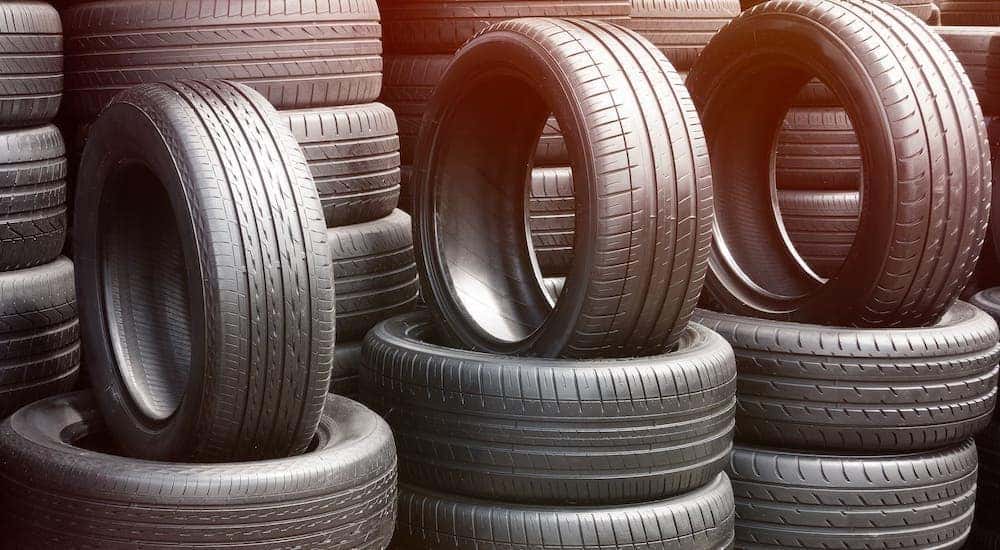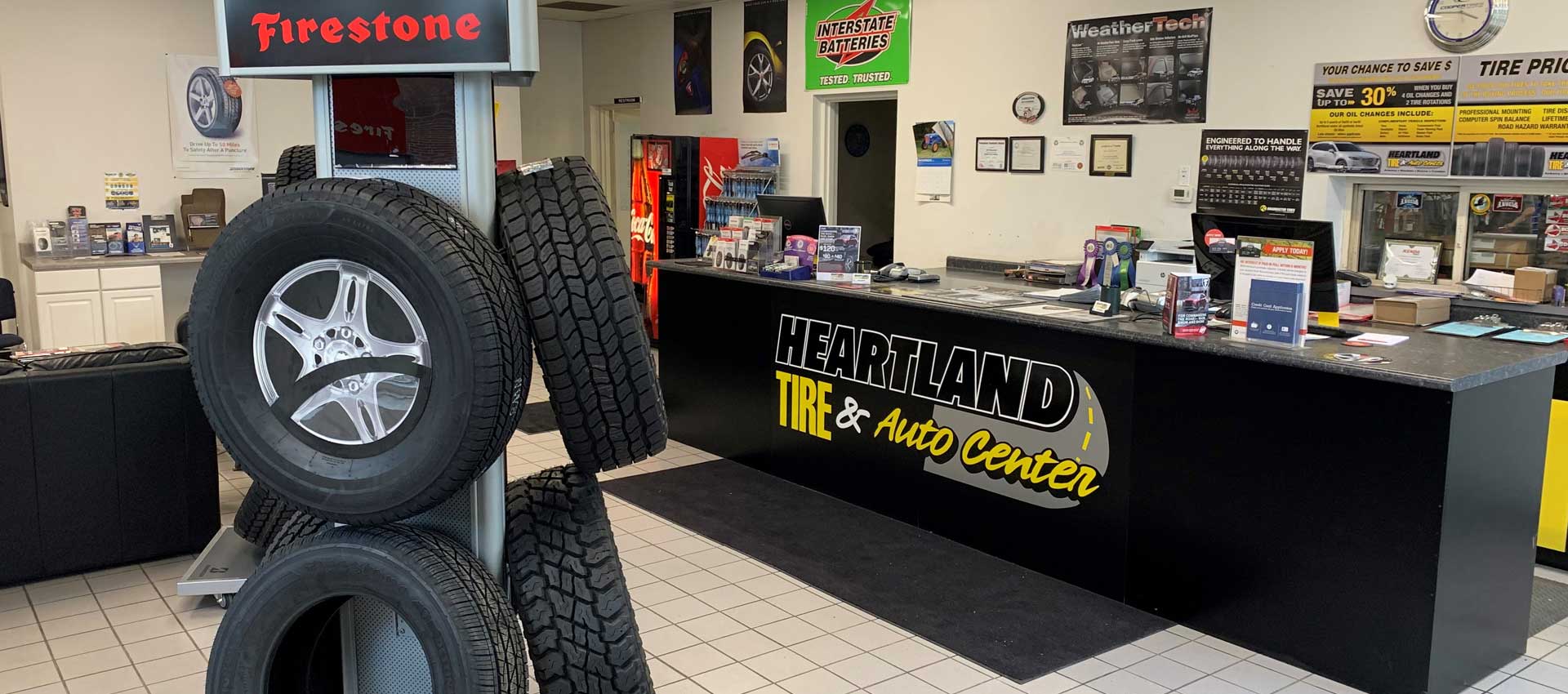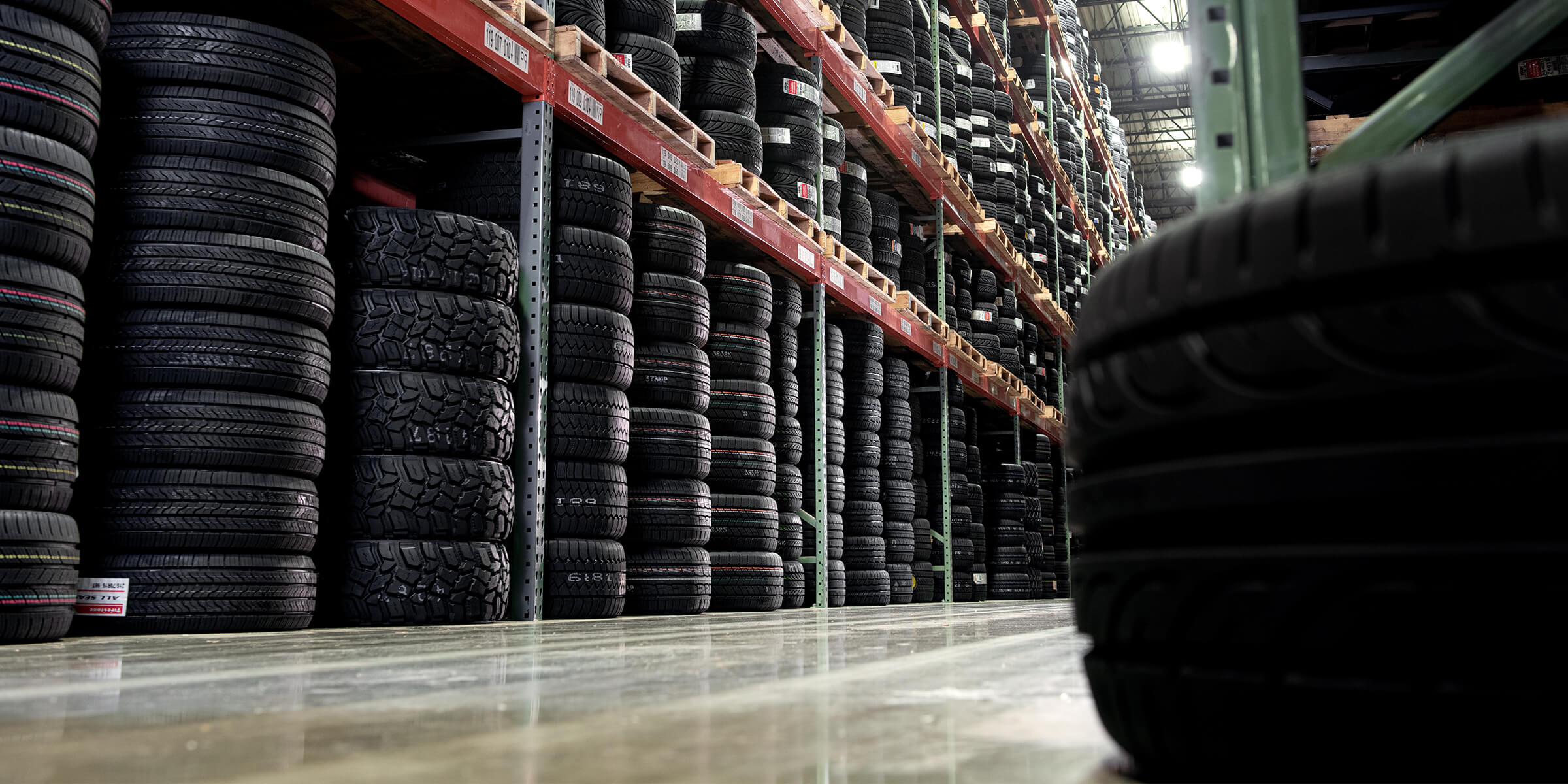Do not Lose Out on Mopar Tire Service Specials: Affordable Upkeep Plans
Do not Lose Out on Mopar Tire Service Specials: Affordable Upkeep Plans
Blog Article
Tire Service: The Effect of Climate Condition
When it pertains to guaranteeing optimum performance and safety and security when driving, understanding the influence of weather problems on tire service is important. From scorching heat to icy roads, each weather element can dramatically influence tire capability and overall driving experience. By delving into the results of varying weather condition problems on tires, drivers can get beneficial insights that might boost their vehicle's efficiency and longevity. In this discussion, we will certainly explore the detailed connection in between weather problems and tire service, clarifying the value of weather-specific tire upkeep practices and considerations.
Warm and Tire Efficiency
When subjected to heats, tires experience changes in efficiency that can substantially affect automobile security and handling. The warm generated from long term driving or heat conditions creates the tire rubber to soften, leading to lowered step life and boosted wear. As the rubber ends up being softer, the tire's hold when driving diminishes, impacting braking ranges and overall traction. In extreme situations, excessive warmth can even create tire blowouts, posing an extreme safety and security threat to the lorry and its owners.
Moreover, heats can accelerate the process of tire aging, triggering the rubber to degrade faster. This can cause fractures, protrudes, and other types of damage that jeopardize the architectural stability of the tire. To alleviate the impacts of warmth on tire efficiency, vehicle drivers must regularly check their tire pressure, turn tires to make sure even put on, and inspect for any kind of signs of damage. In addition, making use of tires especially developed to stand up to high temperature levels can assist maintain optimum efficiency and security on the roadway.
Winter Effects
Winter conditions can have a significant impact on tire efficiency and safety. As temperatures decline, tire rubber can set, causing lowered grip on icy or snow-covered roadways. In winter, tires may additionally shed air stress more rapidly, which can impact handling and gas effectiveness. Additionally, cool temperature levels can create tire sidewalls to tense, increasing the danger of damages from splits or other roadway risks.
To reduce the results of cold climate on tires, it is important to consistently check tire stress and inflate them to the producer's suggested degrees. Making use of winter months or all-season tires designed for winter conditions can also enhance traction and grip on icy or snowy roadways - discount tires morris il. Proper tire upkeep, including routine assessments for wear and damage, ends up being even more critical throughout cooler months to make sure optimal performance and safety and security
Rainy Issues Effect
During wet problems, tire efficiency and safety can be significantly affected by the damp roadway surface areas and decreased exposure. The step pattern of tires plays an important role in maintaining grip on damp roads. Tires with damaged footsteps are extra prone to hydroplaning, where a layer of water develops up in between the roadway and the tire surface, causing loss of traction. To battle this, chauffeurs need to on a regular basis evaluate their tires for appropriate step deepness and think about purchasing tires especially created for damp problems.

Snow and Tire Security
Snow-covered roadways present one-of-a-kind challenges for drivers, stressing the significance of proper tire option and upkeep. When driving look at more info in snowy problems, having the best tires can make a significant distinction in safety and security and efficiency. Winter tires are created with unique rubber compounds and tread patterns to supply better traction on snow and ice contrasted to all-season tires. The much deeper footsteps and sipes of winter months tires help grip the roadway much better, minimizing the danger of gliding and sliding.
In addition to using wintertime tires, it is vital to ensure they are properly blown up. Winter can cause tire pressure to go down, influencing grip and handling (morris tire and alignment). On a regular basis checking and preserving the appropriate tire stress is crucial for optimal performance in snowy problems

Weather-Related Tire Maintenance
When confronted with numerous climate condition, appropriate tire upkeep comes to be a vital facet of lorry safety and security and efficiency. Weather-related tire upkeep includes an array of methods intended at making certain optimal tire function and durability in various weather condition scenarios. One key aspect of weather-related tire maintenance is tire stress regulation. Changing temperature levels can create tire stress to vary, influencing traction and fuel efficiency. Routinely adjusting and checking tire pressure according to supplier recommendations is vital for safe driving in altering climate condition. Additionally, tire walk depth plays a substantial duty in dealing with various weather condition aspects. Tires with sufficient walk deepness give much better hold on damp or icy roadways, my response decreasing the threat of skidding or hydroplaning. Inspecting tire tread regularly and changing tires when tread wear gets to a particular depth is crucial for preserving grip and stability in adverse weather condition. By prioritizing weather-related tire upkeep, drivers can improve safety, enhance car performance, and extend the lifespan of their tires.
Final Thought
In final thought, weather problems have a significant influence on tire efficiency and security (mopar tire service specials). From warmth impacting tire pressure and put on to cold weather decreasing grip, it is vital to consider the weather when preserving and making use of tires.
In this discussion, we will certainly check out the complex connection between climate problems and tire service, losing light on the importance of weather-specific tire upkeep practices and factors to consider.

Report this page